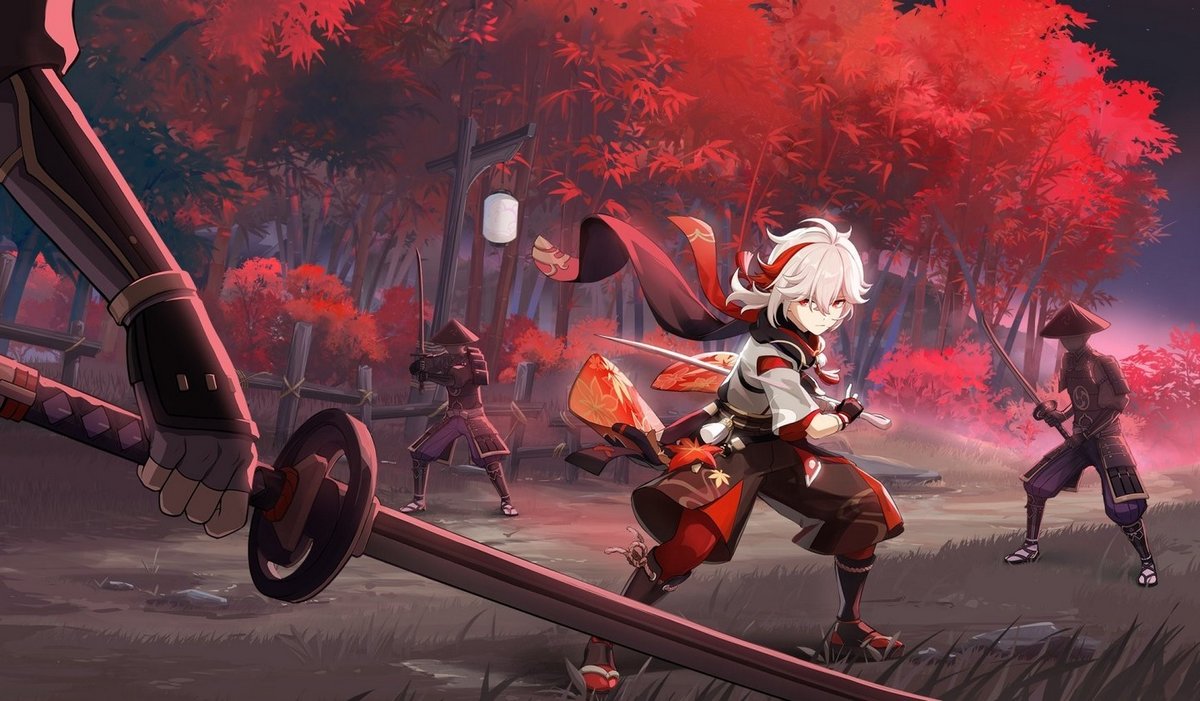Blog
-

Erschließung des kognitiven Potenzials: Der Einfluss von PC-Spielen auf die kognitiven Fähigkeiten
Im Bereich der Unterhaltung werden PC-Spiele seit langem für ihre immersiven Erlebnisse, atemberaubenden Grafiken und fesselnden Handlungsstränge gefeiert. Über die reine Unterhaltung hinaus gibt es jedoch immer mehr Forschungsergebnisse, die darauf hindeuten, dass PC-Spiele auch eine wichtige...Mehr anzeigen
Sich entwickelnde Trends bei Multiplayer-Spielen auf dem PC: Eine Reise von Online-Kämpfen zu kollaborativer Zusammenarbeit und Wettbewerben
Der Bereich des Multiplayer-Gamings auf dem PC hat sich im Laufe der Jahre erheblich gewandelt. Was früher in erster Linie aus adrenalingeladenen Online-Kämpfen bestand, hat sich nun auf ein vielfältiges Spektrum an Erlebnissen ausgeweitet, das von kooperativen Abenteuern bis hin zu intensiven...Mehr anzeigen -

Greening the Game: Umweltverantwortung in der Spieleindustrie
In den letzten Jahren hat die Spieleindustrie ein exponentielles Wachstum erlebt, wobei Millionen von Spielern weltweit in verschiedene virtuelle Welten und Abenteuer eintauchen. Mit diesem Wachstum geht jedoch auch die Verantwortung einher, sich mit den Umweltauswirkungen von...Mehr anzeigen
Kunst im PC-Gaming: Die Rolle von Musik, Grafik und Story bei der Schaffung eines einzigartigen Spielerlebnisses
PC-Spiele haben sich von einfachen pixeligen Grafiken und einfachen Soundeffekten zu immersiven Erlebnissen entwickelt, die mit denen von Blockbuster-Filmen konkurrieren können. Eines der Schlüsselelemente, die diese Entwicklung vorantreiben, ist die Kunstfertigkeit, die in die Spiele selbst...Mehr anzeigen -

Kampf gegen Spielsucht: Kultivierung eines ausgewogenen Ansatzes für PC-Spiele
In den letzten Jahren ist der Anstieg der Spielsucht zu einem besorgniserregenden Phänomen geworden, insbesondere im Bereich der PC-Spiele. Mit den immersiven Welten, fesselnden Erzählungen und sozialen Aspekten, die moderne Spiele bieten, ist es für den Einzelnen leicht, von seinen virtuellen...Mehr anzeigen
Erkundung der vielfältigen PC-Gaming-Kultur: Ein tiefer Einblick in Subkulturen, Trends und soziale Bewegungen
Die Welt der PC-Spiele ist ein lebendiges Ökosystem voller verschiedener Subkulturen, sich entwickelnder Trends und einflussreicher sozialer Bewegungen. Von kompetitivem E-Sport bis hin zur Entwicklung von Indie-Spielen umfasst PC-Spiele ein breites Spektrum an Interessen und Communities. Das...Mehr anzeigen